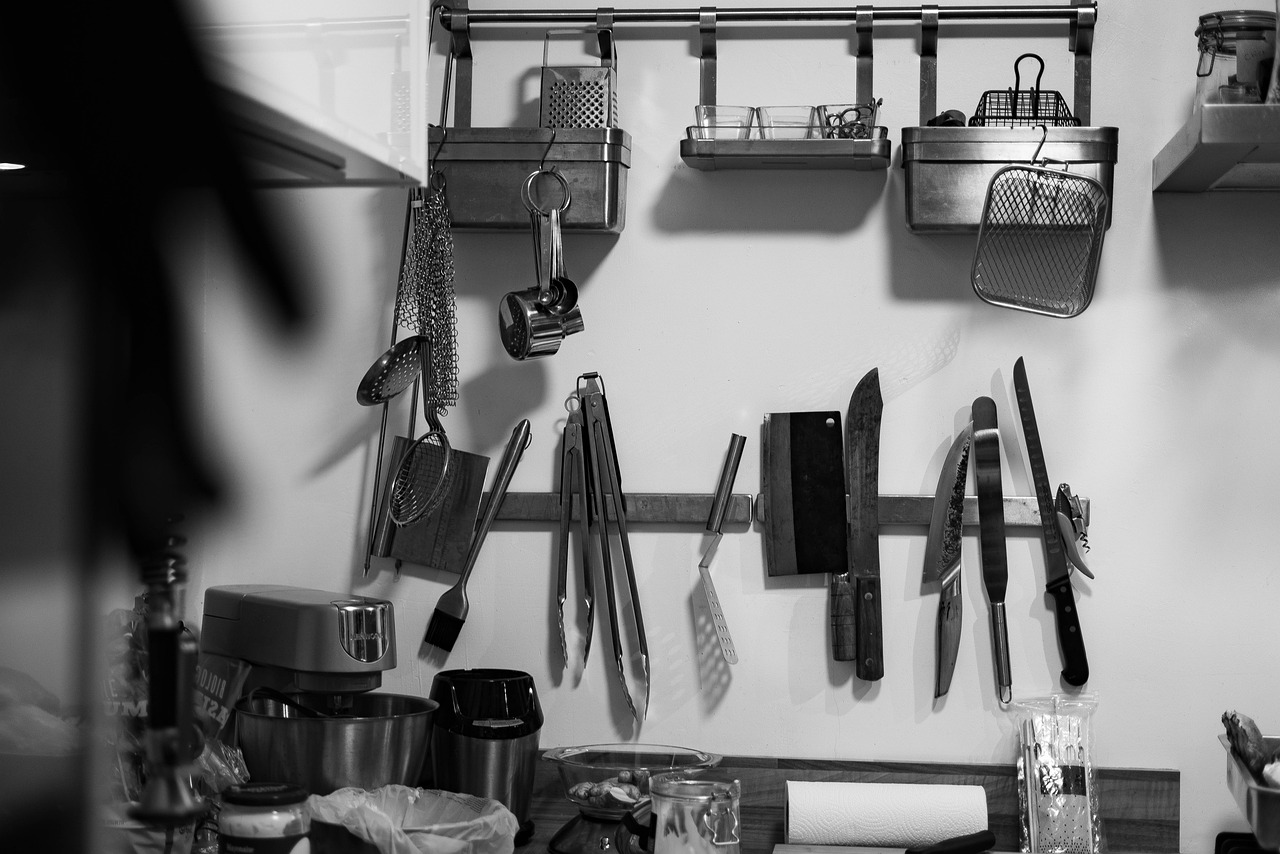Putting resources into a superior presentation culinary expert’s blade can change your kitchen experience, making food readiness quicker, more secure, and more pleasant. Be that as it may, with such countless choices accessible, finding the right one can overpower. Here is a point by point guide on what to search for while purchasing a culinary expert’s blade to guarantee you get the best instrument for your requirements. The Chef Knife is made of polished stainless steel that can stand the test of time kokkekniv.
The material of the edge is one of the main elements to consider, as it influences sharpness, strength, simplicity of upkeep, and generally speaking execution. Here are the most widely recognized edge materials:
Known for its extraordinary sharpness and edge maintenance, carbon steel blades are inclined toward by proficient culinary specialists. Nonetheless, they require more consideration as they are inclined to rust and staining.

This is a famous decision because of its mix of sharpness, imperviousness to rust, and strength. It holds an edge well, requires less upkeep than carbon steel, and opposes erosion. Learn more detail about kjøkkenkniv.

Fired cutting edges are extraordinarily sharp and lightweight, ideal for accuracy cutting. Be that as it may, they are fragile and inclined to chipping or breaking, making them less adaptable than steel blades.

A 8-inch cutting edge is the most widely recognized and flexible size for a culinary specialist’s blade. It gives a decent harmony among control and cutting surface region.
A 6-inch sharp edge offers more accuracy however restricts the cutting reach, while a 10-inch cutting edge is better for bigger food things yet may feel massive.
Search for a culinary specialist’s blade with a slight bend in the sharp edge for a shaking movement while slashing. The arch considers more straightforward utilization of the blade’s tip and diminishes stress on your wrist. Japanese-style blades like the Santoku regularly have a compliment edge, which is perfect for push-cutting however less flexible for shaking movements.
Manufactured blades are made by warming a piece of steel and afterward forming it, bringing about a more grounded, more sturdy sharp edge with better edge maintenance. These blades likewise typically have a reinforce (the thicker part between the sharp edge and handle), which offers better equilibrium.
An agreeable handle is critical to guaranteeing protected and effective utilization of a gourmet expert’s blade, particularly for broadened times of cutting. Handles arrive in different materials, each with its own advantages and disadvantages.
Handles made of plastic or composite materials are more solid and water-safe. They are not difficult to perfect and less inclined to wear yet may not feel as good or premium as wood.
Wooden handles are stylishly satisfying and offer an agreeable grasp. Notwithstanding, they require more upkeep and are inclined to retaining dampness, which can prompt harm over the long run.
These elite execution materials are utilized in premium blades. They are incredibly tough, water-safe, and deal fantastic hold in any event, when wet. Notwithstanding, blades with these handles are normally more costly.
